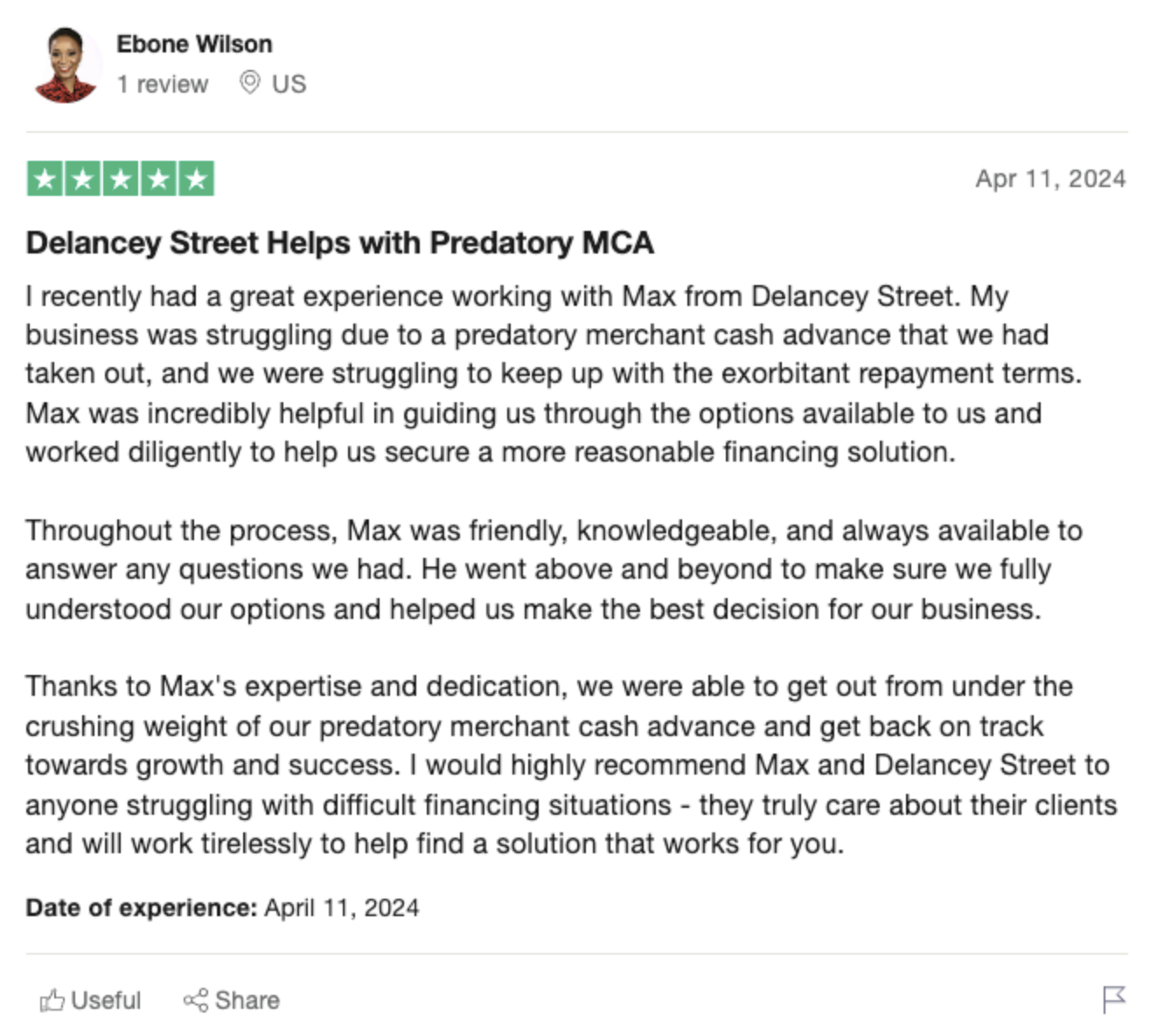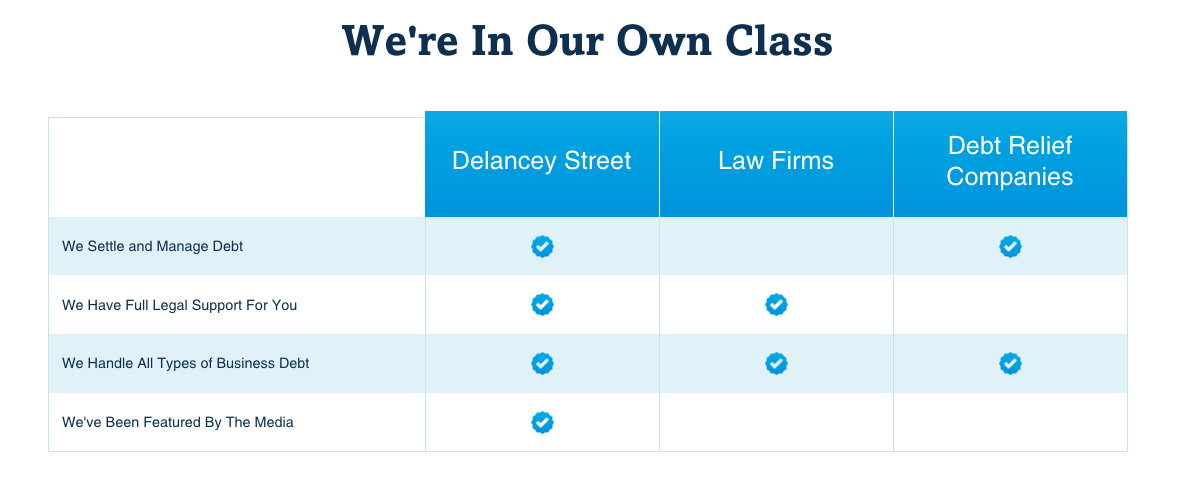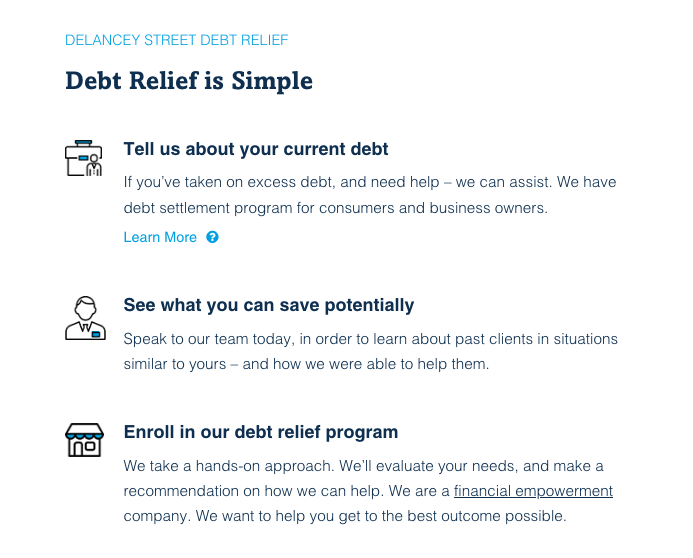When faced with unpaid debt, creditors often resort to debt collection agencies to recover the owed amount. One common question both debtors and creditors have is, “What is the minimum amount that a debt collection agency would sue for?” Understanding this threshold is crucial as it influences both sides’ strategies and decisions. In this article, you’ll gain insights into the factors that influence this minimum suable amount, how legal costs weigh in, jurisdictional differences and their impacts, as well as explore real-life examples of minimum amounts in practice.
Introduction to Debt Collection Lawsuits
Debt collection agencies play a critical role in the financial ecosystem, often stepping in when creditors are unable to recover money owed. Typically, these agencies undertake collection efforts through phone calls and letters. However, if these attempts are unsuccessful, they may escalate the process to a lawsuit. It’s essential to understand why a debt collection agency would choose to sue. Litigation is not the first choice due to its costs and complexities, but it is an effective tool when other methods fail.
 -
-Suing a debtor can be a strategic move influenced by the amount owed, the debtor’s financial stability, and the likelihood of recovering the debt through legal means. When an agency decides to file a lawsuit, it’s typically because they believe they have a high probability of winning and recovering a significant portion of the debt. However, the decision to sue isn’t taken lightly. Legal actions require a careful assessment of various factors, including time, resources, and potential outcomes.
The legal framework governing debt collection practices is another foundational element. Laws such as the Fair Debt Collection Practices Act (FDCPA) in the United States, dictate the conduct of debt collectors, protecting consumers from abusive practices while permitting legitimate collection efforts. Knowing these laws helps illuminate why debt collection agencies may be cautious in their approach to litigation.
In addition to federal regulations, state laws also play a significant role. States have their own statutes of limitations on debt, meaning that after a specified period, debts become non-collectible through litigation. Understanding these varying regulations is crucial for both creditors and debt collection agencies when considering legal action.
Factors Influencing the Minimum Suable Amount
Determining the minimum suable amount isn’t straightforward. A plethora of factors influences this decision, starting with the cost-benefit analysis. Legal proceedings involve fees for filing, attorney’s fees, and court costs, which can quickly accumulate. If the potential recovery amount after winning a lawsuit is less than these expenses, pursuing legal action may not be financially justifiable.
 -
-Another critical factor is the likelihood of recovering the owed amount from the debtor. Agencies typically conduct an assessment of the debtor’s financial status, employment situation, and asset holdings. If a debtor has no significant assets or income, even winning a lawsuit might not result in actual recovery, making the endeavor futile. This risk assessment is essential in deciding whether to engage in legal proceedings.
Moreover, the agency’s internal policies and thresholds also play a role. Different agencies have varying minimum amounts for which they are willing to sue, influenced by their operational capacity, resources, and strategic goals. For example, a larger agency might lower its minimum threshold due to economies of scale, while a smaller agency might set a higher threshold to ensure their resources are effectively utilized.
Lastly, the nature of the debt itself influences the decision to sue. Secured debts, typically backed by collateral, are more likely to result in litigation compared to unsecured debts, as there’s a tangible asset to claim upon winning the lawsuit. However, the presence of collateral doesn’t make litigation automatic; instead, it’s one of several factors evaluated in the decision-making process.
Legal Costs Versus Expected Recovery
When considering suing over a debt, legal costs are a significant factor. Law firms and court systems charge varying fees depending on the complexity and length of the case. Filing fees alone can range from $50 to several hundred dollars, without including attorney fees, which can exponentially increase the total cost. So, how does this influence the minimum amount an agency would consider worth suing for?
Legal Costs and Potential Recovery Comparison
 -
-| Legal Aspect | Approximate Cost |
||==|
| Filing Fee | $50 – $400 |
| Attorney Retainer | $500 – $5,000 |
| Court Costs | $200 – $1,000 |
| Miscellaneous Expenses | $100 – $500 |
| Total Potential Costs | $850 – $6,900 |
As you can see from the table above, the costs can be significant. Hence, many agencies set minimum suable amounts based on these potential expenses. For instance, an agency might set a $2,000 threshold, ensuring that the expected recovery comfortably surpasses the litigation costs. Even if the anticipated recovery amount seems worth it, there’s no guarantee of winning and even less of being able to collect the full amount if the debtor can contest or declare bankruptcy.
Additionally, the expected recovery includes not just the principal amount of the debt but also interest and any penalties accrued over time. Estimating these amounts accurately is crucial. For instance, litigation might be more viable in states where higher interest rates can be charged on overdue debts, making the potential recovery more substantial.
 -
-Moreover, agencies must consider the debtor’s history of making payments. If the debtor has a track record of partial payments or settlements, pursuing litigation might not be worthwhile, as the full amount may never realistically be recovered. This nuanced calculation demands a careful and strategic approach from debt collection agencies.
Jurisdictional Variations and Their Impact
Jurisdictional variations significantly impact the decision to pursue legal action for debt collection. Different jurisdictions have varying rules concerning the statute of limitations, which restrict the time frame within which a debt can be legally collected through the courts. Once this period expires, pursuing legal action becomes impossible, effectively rendering the debt uncollectible through litigation.
Statutes of Limitations by State
| State | Statute of Limitations (Years) |
||==|
| California | 4 Years |
| New York | 6 Years |
| Texas | 4 Years |
| Florida | 5 Years |
| Illinois | 10 Years |
As the table illustrates, the statutes of limitations vary widely. If a debt is nearing the limitation period, an agency may be more inclined to file a lawsuit to avoid losing the legal right to collect. Conversely, in states with longer statutes of limitations, agencies have more flexibility in strategizing their collection efforts.
Beyond statutes of limitations, local court procedures, and costs can also vary, influencing the decision on whether to sue. Some jurisdictions have streamlined processes for handling small claims, making it easier and less expensive to sue for smaller amounts. In contrast, other jurisdictions may have high court fees and more cumbersome procedures, discouraging litigation for smaller debts.
Moreover, judges and courts in different jurisdictions might have varying interpretations and attitudes toward debt collection cases. In some areas, courts might be more debtor-friendly, leading to a higher chance of countersuits or reductions in the claim amounts. Understanding these nuances is crucial for debt collection agencies when deciding where and when to pursue legal actions.
Finally, the debtor’s location significantly impacts jurisdictional considerations. Agencies must determine the appropriate jurisdiction for filing a lawsuit, often where the debtor resides or where the debt originated. Different jurisdictions might have conflicting laws, making the litigation process intricate and requiring careful legal navigation.
Typical Thresholds for Different Agencies
Debt collection agencies vary widely in their strategies and thresholds for litigation. These thresholds generally depend on the agency’s size, the nature of the debt, and their operational model. For instance, larger agencies with extensive resources might set lower thresholds, leveraging their ability to handle higher volumes and absorb costs more efficiently.
Typical Minimum Thresholds for Debt Collection Agencies
| Type of Agency | Typical Minimum Suable Amount |
|=||
| Large National Agency | $1,000 – $2,000 |
| Medium-sized Regional Agency | $2,000 – $5,000 |
| Small Local Agency | $5,000 – $10,000 |
| Specialized Collection Agency | Varies based on niche, often higher |
As shown in the table, large national agencies might sue for as little as $1,000. Their expansive network and economies of scale allow them to manage and process numerous cases efficiently. In contrast, smaller local agencies might find it feasible to set higher minimum thresholds, ensuring that the potential recovery justifies the litigation costs.
Specialized collection agencies often have varying thresholds based on their focus areas. For instance, an agency specializing in medical debt might pursue smaller debts due to the unique dynamics of medical billing and insurance reimbursements. On the other hand, agencies focusing on commercial debt might set higher thresholds due to the complexity and costs associated with such cases.
Strategic considerations also play a crucial role. Agencies often balance immediate recovery needs with long-term relationship management. For instance, a company that relies heavily on repeat business might avoid suing for smaller amounts to maintain a positive reputation and relationships with their clients over time.
Case Studies: Minimum Amounts in Practice
To illustrate these concepts, let’s look at some real-world examples. Consider a large national debt collection agency like Midland Credit Management. This agency has been known to pursue debts as low as $1,000 due to its extensive resources that allow it to manage large volumes of litigation efficiently. Their business model relies on a high turnover of cases, thus justifying lower minimum thresholds.
Another case study involves a medium-sized regional agency, like Regional Adjustment Bureau. This agency sets its minimum suable amount at $3,000. Given its operational scale and regional focus, the agency finds it feasible to set a slightly higher threshold to ensure that the costs of litigation are adequately covered by the potential recovery.
In contrast, a small local agency, such as Miami Collection Agency, sets a higher threshold of $7,500. This threshold reflects the limited resources and higher relative costs of litigation for smaller agencies. By setting a higher minimum amount, the agency ensures that each case pursued is meaningful and financially worthwhile.
Finally, let’s consider a specialized collection agency focusing on commercial debts, like Commercial Collection Corp. This agency sets its minimum threshold at $10,000 due to the complexity involved in commercial debt litigation and the higher costs associated with these cases. Their focus on larger debts aligns with their specialty in handling complex business financial disputes.
Understanding the minimum amount a debt collection agency would sue for involves navigating through a labyrinth of factors, from legal costs and jurisdictional variations to agency-specific policies and real-life case examples. As you evaluate or interact with debt collection processes, being informed about these dynamics will empower you to make more strategic decisions. Whether you’re a creditor, debtor, or legal professional, this knowledge equips you to navigate the intricate world of debt recovery with greater confidence and efficacy.







